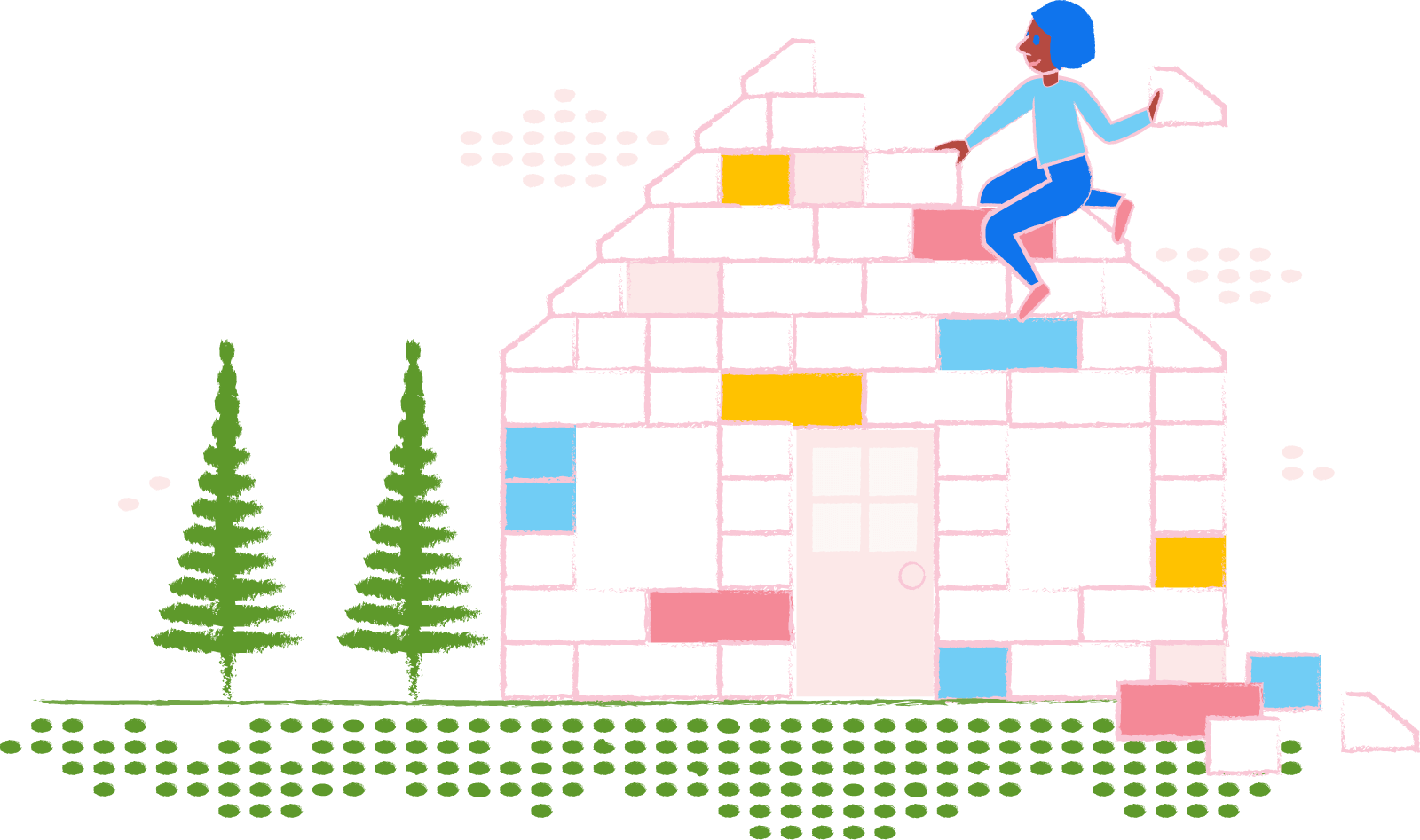Camping with customers:how LEGO rediscovered its true north

They’d been flailing for several years, attempting to replicate the success of other toy brands by following a well-worn playbook: diversify the product lines, open theme parks, build an in-house video game division… but the accepted conventions that had produced successes for other toy companies resulted in losses across the board. It appeared that “standard practice” was not only not working for LEGO, but was actually threatening to sink the business.
Fast-forward a few years, though, and LEGO had bounced back, and by 2014 (when The LEGO Movie came out), it was nothing less than a juggernaut. The company’s profits quadrupled between 2008 and 2010, and by 2015 their sales topped $1 billion in North America alone.
What changed?
In short, they tossed convention aside, found their weirdos, and focused on them relentlessly.
Of course, adult fans weren’t the only weirdos LEGO needed to connect with: they also had to rethink their relationship with kids — arguably the most eccentric, passionate, and skeptical weirdos among us. They couldn’t hire kids to lead design teams, but they did the next-best thing: they established a customer research program they call “camping with consumers”8, where they embed ethnographic researchers into families to observe how kids play alone and in collaboration with others, to inform all of their product and marketing decisions.
Through “camping” with their customers, LEGO developed all-new lines like Ninjago (along with a companion TV show and movies) and the aforementioned Architecture series, while also trimming a huge number of unprofitable products and options — like superfluous brick colors — that were bringing down their margins and their popularity with their core customers. And the company regained its north star: supplying kids and adults with the materials and inspiration to bring their ideas to life.
There are many aspects of this turnaround story that resonate with us, but here are a few that we find particularly interesting, and that apply to just about anyone who wants to connect with their weirdos:
- Don’t make your weirdos come to you — meet them where they are. You may not have LEGO’s resources for ethnographic research (or customers willing to host a researcher in their own home!), but attending customer-led events, building partnerships, and supporting your devotees in their own initiatives goes a long way to demonstrating that you’re committed to their success, not just your own.
- Let your customers influence all aspects of your business. LEGO didn’t just survey customers about new product ideas: they listened deeply enough to what customers really wanted that they were able to tailor their marketing and creative, retail experiences, and product design with the things their customers value most. In the process, they re-thought every aspect of the company to align more closely with the needs and goals of their weirdos.
- Quality is the foundation of customer loyalty. LEGO wouldn’t have been able to maintain their fan base through the tough years if their product weren’t meticulously well-designed, and iterated to perfection. The company’s motto is, “det bedste er ikke for godt” (“only the best is good enough”), and it’s clear they stand by it.
- A narrower focus can result in more meaningful diversity. LEGO’s turnaround involved handing its theme parks over to an entertainment company, and cutting many unprofitable lines from its product catalogue — not to mention ignoring the people who insisted that a broad, diversified product portfolio is necessary. While it might seem scary to concentrate on the weirdos who totally get you, those people are the ones most likely to spend more with you, recommend you to equally passionate friends and colleagues, and help you identify future opportunities.
There’s much more to this story, of course — a book’s worth of additional context and nuance — but we love that LEGO’s comeback was at least in part the result of a weirdos-first strategy.
From where we stand, it makes perfect sense that the path to rediscovering that clarity of purpose was illuminated by cultivating deeper, more responsive, and more generous relationships with the weirdos who were every bit as committed to LEGO’s success as its most dedicated employees — the folks who were investing thousands of hours of their free time in designing their own creations, exchanging tips and videos online, and convening other fans together to bond over their shared passion.
This more relational, less transactional approach may not look like the kind of marketing and product research you’re used to, but it’s wildly effective. We’ve all tried mimicking another company’s strategy in the hope of replicating success — but behind every great strategy is a clear, strong alignment between a bunch of oddballs obsessed with making a product, and another bunch of oddballs just as obsessed with whatever they might be able to do with that product. That’s not something you can just copy and paste into your own three-year plan.
Once your weirdos find their weirdos, though? Don’t be surprised if you want to hire some of them — or at least take them camping.
Questions to ask yourself:
- Who are our diehard, longest-lasting fans?
- What’s our current relationship with them?
- Are they finding “off-brand” uses for our products, or self-organizing in other ways? How might we support their efforts in non-intrusive ways?